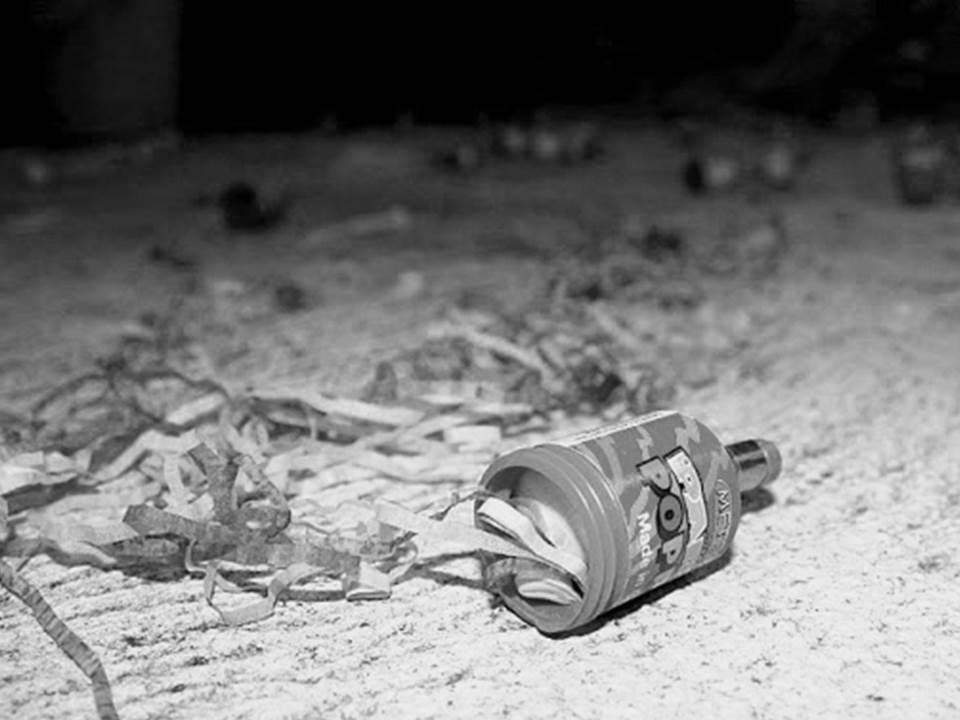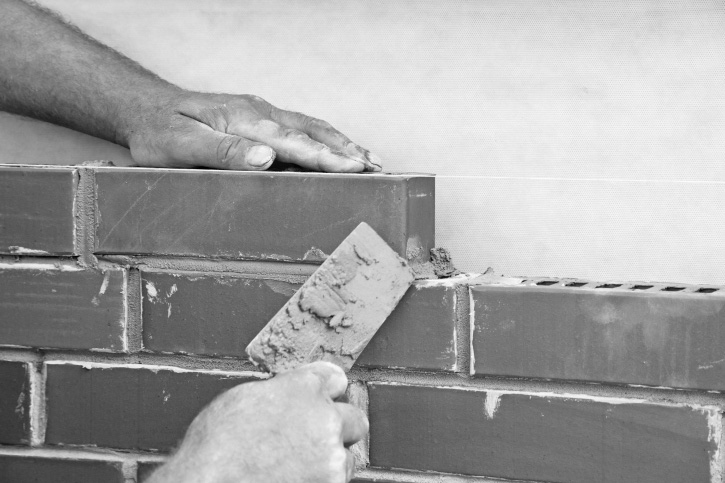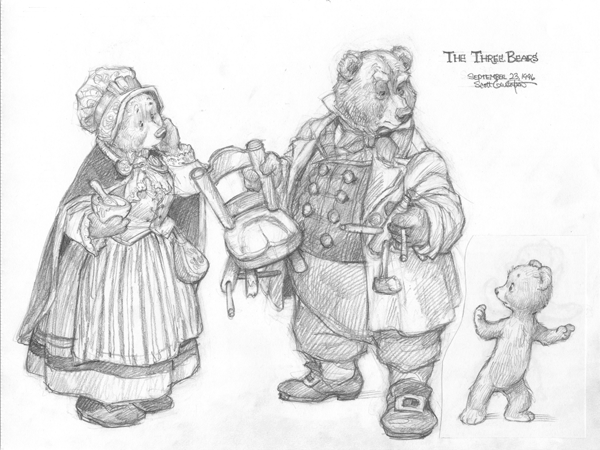Technology is the means to an effect, it is the idea that counts.
Healthcare Digital Communications, by David Hunt
HAVAS LYNX celebrates 28 years of business this month, and a decade in healthcare digital communications – so what’s changed in the last decade?
Closed-loop marketing (CLM) has never been far from the agenda. Promising more efficient use of resource & more rewarding customer interactions. The ambition has barely changed, but unfortunately neither has the reality. There are some notable exceptions & I am very pleased with our work in this area, but it could & should be so much more. And it will be. The release of the iPad acted as a catalyst for an important shift in ownership from IT to Business. As a result, we are now driven by function & value, not constrained by fear & naivety. In 2014 merely embracing new hardware is not enough. In a world whereby the paper sales aid has become unique, and digital tools are omnipresent, points of differentiation must be earnt through innovation and ideas.

It would be hard to categorise the broader Pharma marketing community as innovators or early adopters. But as Facebook has celebrated its 10th birthday, I think we should recognise the progress made in social media. It has always been a hot topic of debate, but now we are starting to see more frequent, more tangible outputs. In addition there has been a noticeable increase in the social media briefs that we receive. The usual tone of caution has been replaced by one of courage, underpinned by a belief in ethics over our previous fascination with rules.
I believe in Pharma sponsored healthcare professional product websites, but I am definitely in the minority. The last decade had seen limited change, limited innovation and unsurprisingly limited success. However, poor execution & a lack of imagination should not render the tool redundant. If I’m looking for a car, I check the manufacturers website before validating the information in social media, the same is true for hotels, new trainers & my next laptop. I don’t discount the company’s website just because they are marketing to me, in the same way doctors don’t discount reps. It is true, the product website is not a silver bullet, but with renewed passion & a dramatic improvement in user experience, it can play an important role in integrated campaigns.
In 2004 I wasn’t addicted to my mobile. I didn’t use it for news, I didn’t ask it’s opinion on the new local restaurant & I didn’t use it to broadcast my opinions. The biggest change in the last decade is EVERYONES digital behaviour. It is absurd to think that healthcare professionals use digital for finance but not research, that they use digital to follow news but not medicine, that they connect offline but not online. Today, more than ever, we are not limited by our customer, but by our imagination.







